Winter in the UK brings a unique set of challenges for outdoor furniture. Damp, cold air, coupled with periods of rain and snow, creates the perfect breeding ground for mould and mildew.
Left unchecked, these fungi can quickly damage your furniture, leaving you with unsightly stains and potentially compromising the structural integrity of your pieces.
However, with careful preparation and storage, you can protect your investment and enjoy your patio furniture for years to come. Invest in a durable garden furniture cover to safeguard your outdoor seating.
Understanding the Enemy: Mould and Mildew
Mould and mildew are types of fungi that thrive in damp, dark environments. They feed on organic matter, such as the fabric of cushions or the wood of tables and chairs.
Spores are constantly present in the air, and when conditions are right (high humidity, low temperatures, and lack of sunlight), they germinate and begin to colonise surfaces. The resulting growth not only looks unsightly but can also release allergens and irritants into the air, potentially affecting your health.
Pre-Winter Cleaning: Laying the Foundation for Protection
Before storing your furniture for winter, a thorough clean is essential. This removes dirt, debris, and any existing mould or mildew spores, minimising the chances of further growth.
Cushions: Remove cushion covers and wash them according to the manufacturer’s instructions. Air dry thoroughly before storing.
For cushions with non-removable covers, use a soft brush and a solution of mild detergent and water to gently scrub away dirt and grime. Allow them to air dry completely in a well-ventilated area. For a truly bespoke fit, explore the option of a custom tarpaulin.
Furniture Frames: Use a garden hose to rinse away any loose dirt and debris.
For wooden furniture, consider using a mild detergent and a soft brush to clean more thoroughly. Rinse well and allow to dry completely. Metal frames can be cleaned with a solution of warm water and mild soap.
Wicker and Rattan: These materials are particularly susceptible to moisture damage. Clean gently with a soft brush and soapy water, ensuring thorough drying before storage.
Choosing the Right Cover: Your Furniture’s Winter Shield
A high-quality protective cover is the cornerstone of successful winter storage for patio furniture.
However, simply choosing any cover won’t suffice. The ideal cover must offer protection from the elements while also allowing for adequate ventilation to prevent moisture build-up. Enhance your living room’s aesthetic and protect your sofas with stylish Sofa Covers.
Material Matters: Look for covers made from breathable, waterproof fabrics such as ripstop nylon or heavy-duty canvas. Avoid using plastic sheeting, as this can trap moisture and accelerate mould growth.
Ventilation is Key: Covers with vents or air holes are crucial. These allow air to circulate, preventing the build-up of condensation and humidity, thereby reducing the risk of mould and mildew.
Proper Fit: The cover should be snug but not overly tight. A loose-fitting cover can flap in the wind, potentially causing damage, while one that’s too tight can restrict airflow. Measure your furniture carefully to ensure a proper fit.
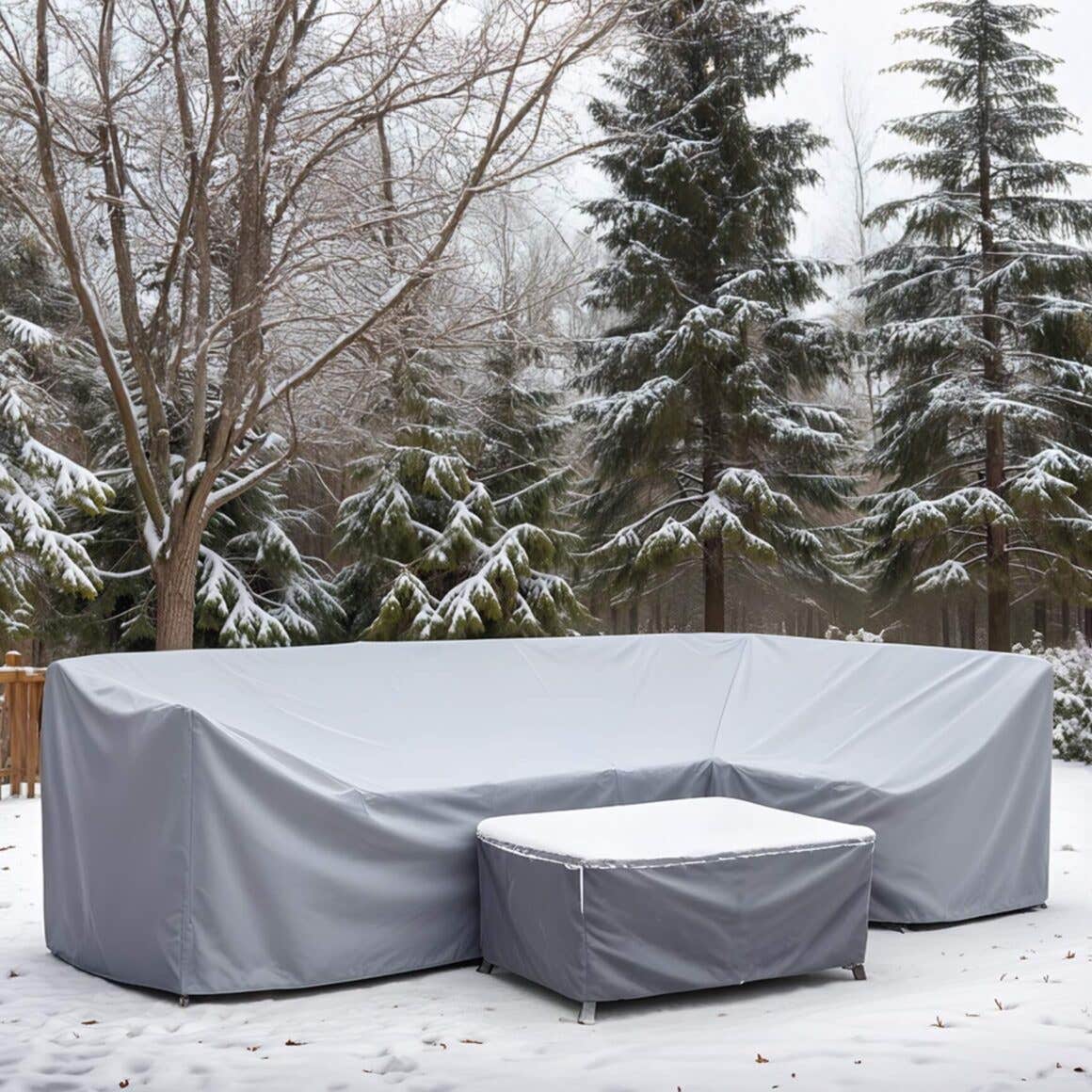
DIY Covers: For those with sewing skills, creating your own covers allows for complete control over size, materials, and ventilation. Use heavy-duty fabrics and incorporate grommets or ventilation panels for optimal airflow.
Winter Storage Tips: Keeping Furniture Dry and Safe
Where you store your furniture is as important as the cover itself. Ideally, choose a dry, well-ventilated location, sheltered from rain and snow.
Indoor Storage: Storing your furniture indoors is the best option for optimal protection. A garage, shed, or even a spare room can provide a suitable environment.
Outdoor Storage: If indoor storage isn’t possible, elevate your furniture off the ground using pallets or bricks to improve airflow and prevent direct contact with damp surfaces.
Keep it Dry: Before covering the furniture, ensure it’s completely dry. Any remaining moisture can lead to mould and mildew growth, even under a cover. Keep your outdoor tables clean and dry with practical Table Covers.
Best Practices for Mould Prevention:
Regular Inspection: Even with proper storage, periodically check your furniture for any signs of mould or mildew. Early detection allows for prompt action to prevent significant damage.
Immediate Action: If you find mould or mildew, address it immediately. Clean the affected area with a solution of mild detergent and water, and allow it to dry thoroughly. For stubborn mould, use a commercial mould remover, following the manufacturer’s instructions carefully.
Prevention is Better Than Cure: Following these guidelines proactively will significantly reduce the risk of mould and mildew and extend the life of your patio furniture.
Addressing Mould on Outdoor Furniture Cushions:
Outdoor cushions are particularly vulnerable to mould and mildew. While thorough cleaning before storage is essential, even the best preventive measures can sometimes fail. If you find mould on your cushions, don’t despair.
For removable covers, washing them in a washing machine with a suitable detergent is often effective. Extend the life and vibrancy of your outdoor cushions using protective Outdoor Cushion Covers.
For non-removable covers, spot cleaning with a solution of bleach and water (always test in an inconspicuous area first) may help, followed by thorough rinsing and air drying. If the mould is extensive, replacement may be necessary.
Conclusion:
Protecting your patio furniture from mould and mildew during the winter months requires a multi-pronged approach. Ensure complete coverage and protection for your sectional sofa with tailored Sectional Sofa Covers.
By combining thorough pre-winter cleaning, the use of appropriate protective covers with adequate ventilation, and careful storage in a dry environment, you can significantly reduce the risk of damage and ensure that your outdoor furniture remains in top condition for many seasons to come.
Remember, prevention is key, consistent vigilance and proactive measures will save you time, effort, and money in the long run.


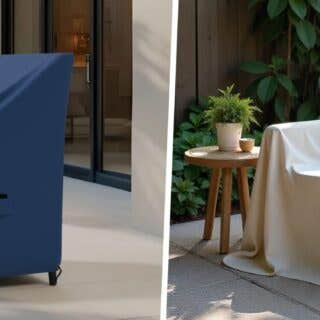
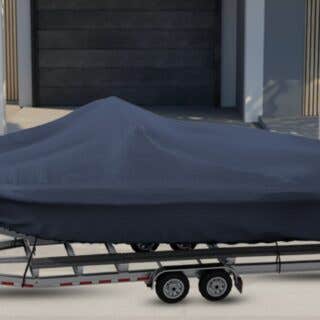


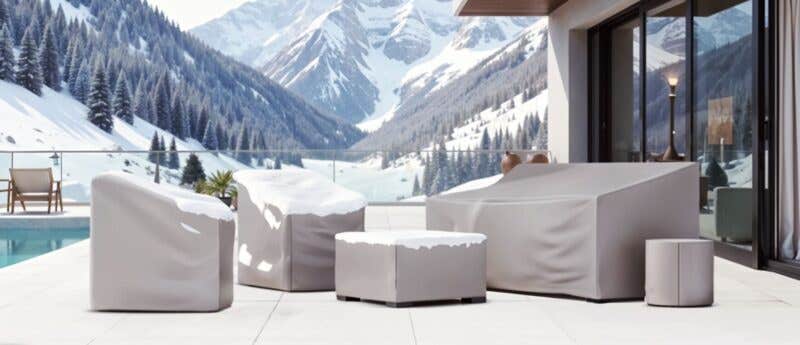


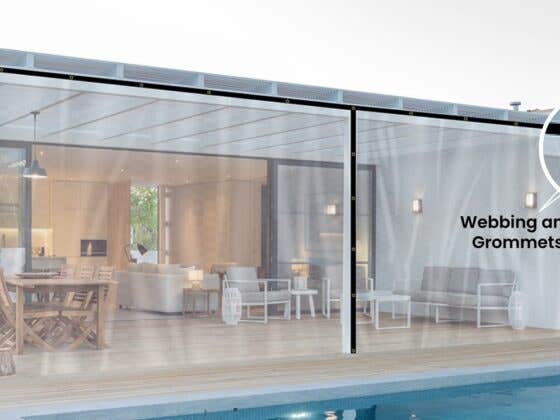
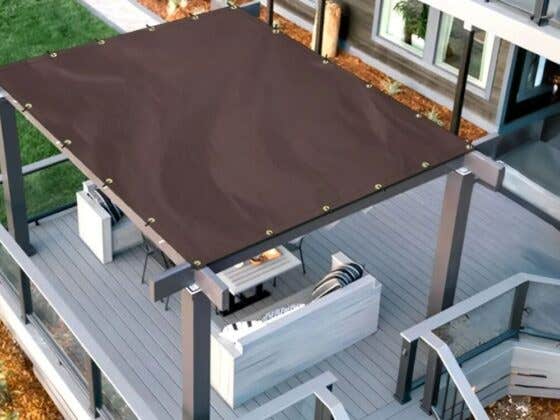
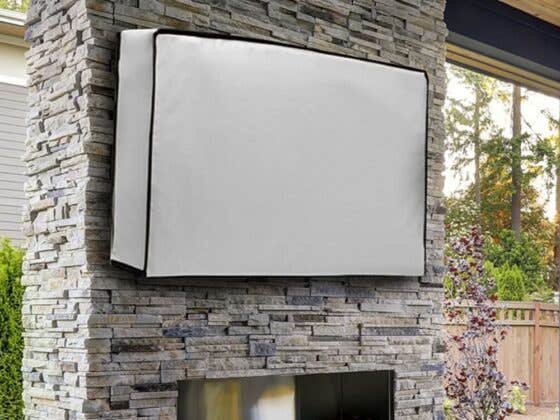
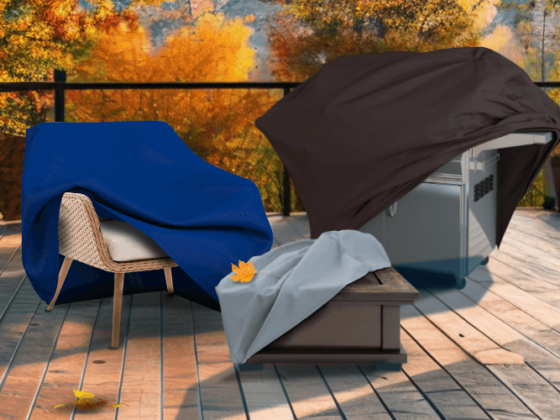


Recent Comments